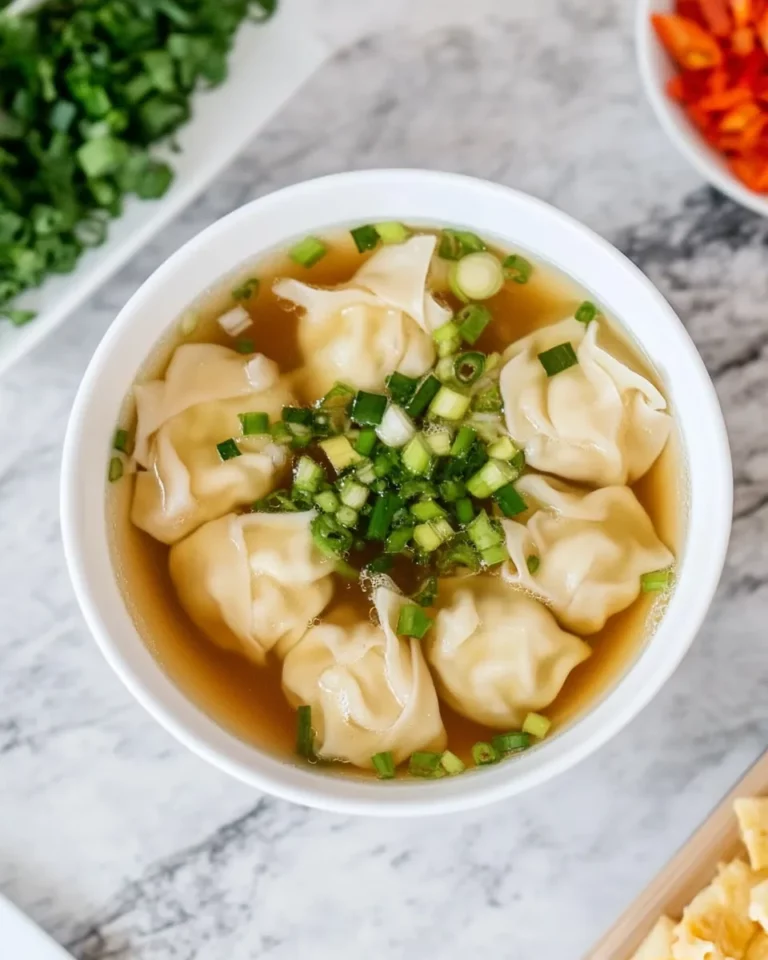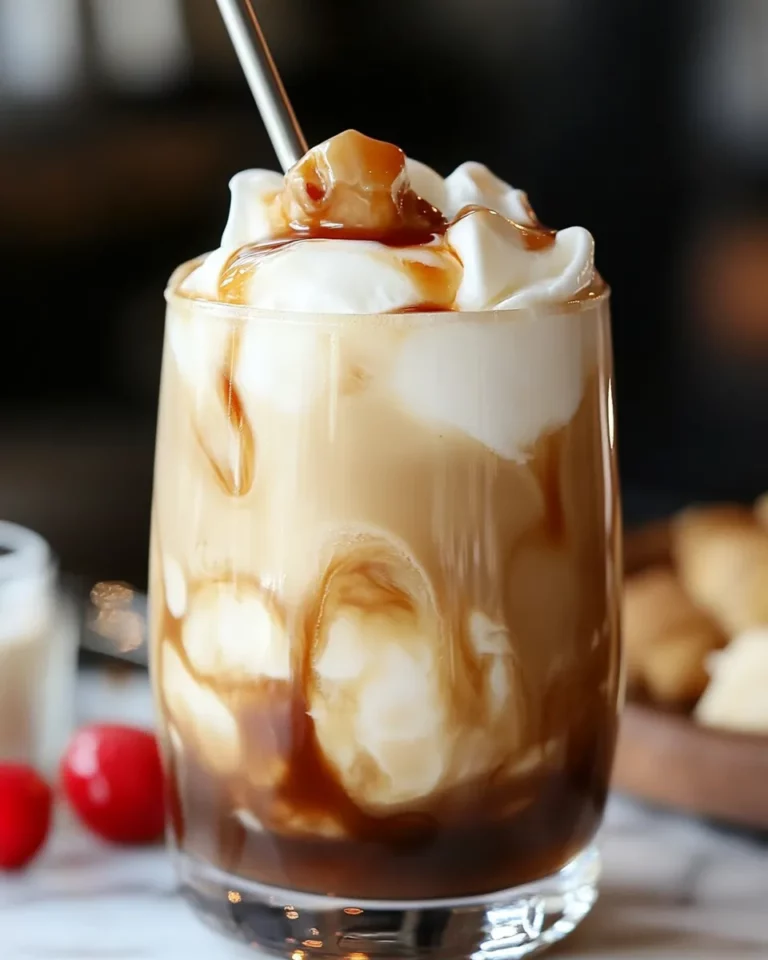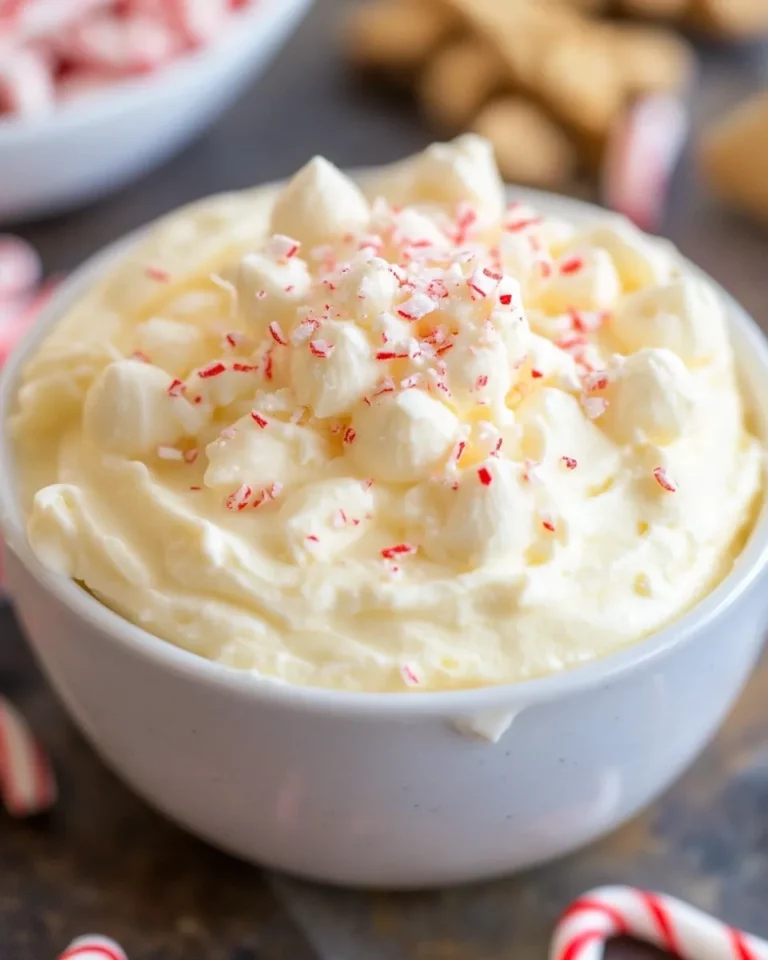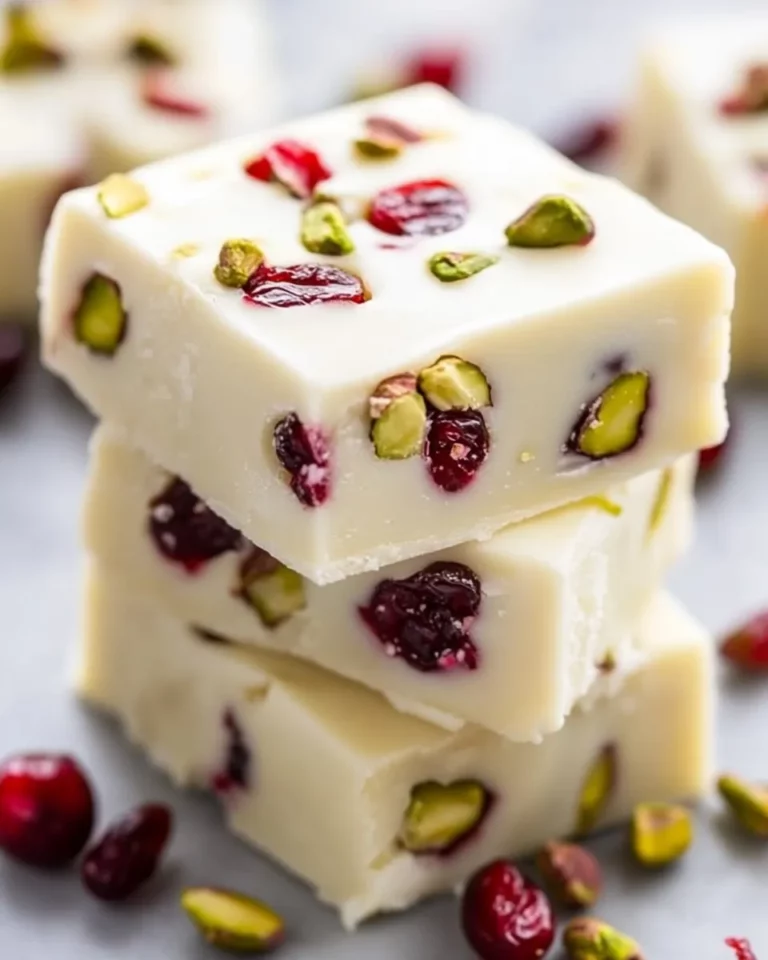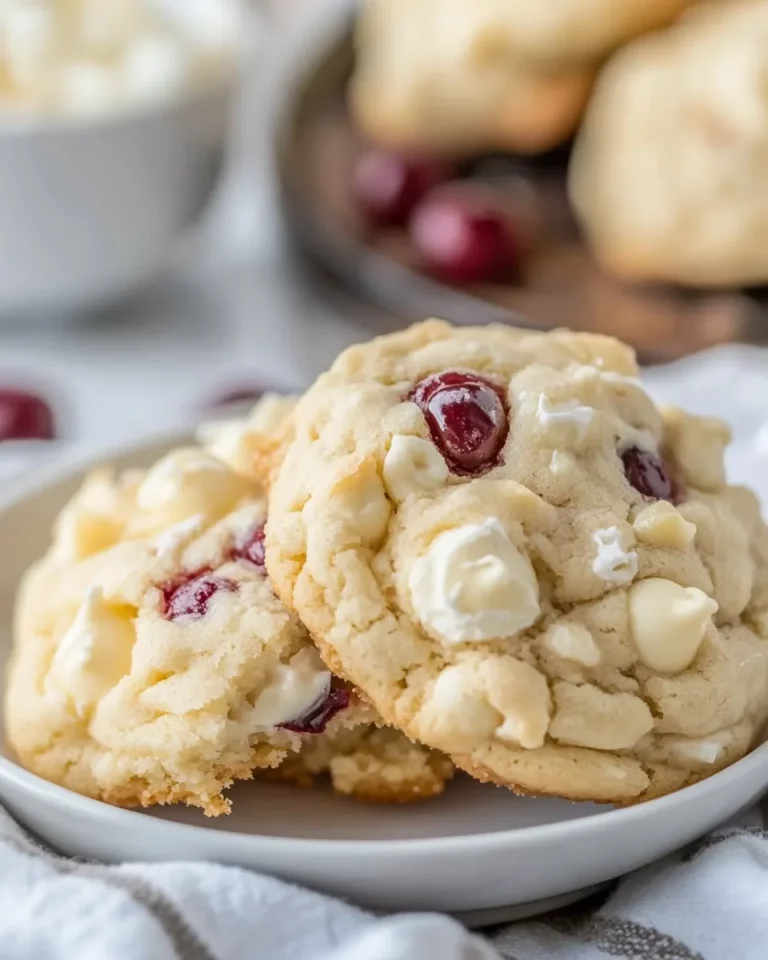There’s something incredibly satisfying about making your own pie crust from scratch. Whether you’re baking a sweet apple pie, a tangy lemon tart, or a savory quiche, a flaky, buttery homemade pie crust takes your dessert or meal to the next level. Store-bought crusts can be convenient, but they often lack the tender, melt-in-your-mouth texture that only comes from fresh ingredients and a bit of love. Today, I’m sharing a foolproof recipe for homemade pie crust that’s simple, versatile, and reliably delicious every time.
Why This Recipe Is a Must-Try
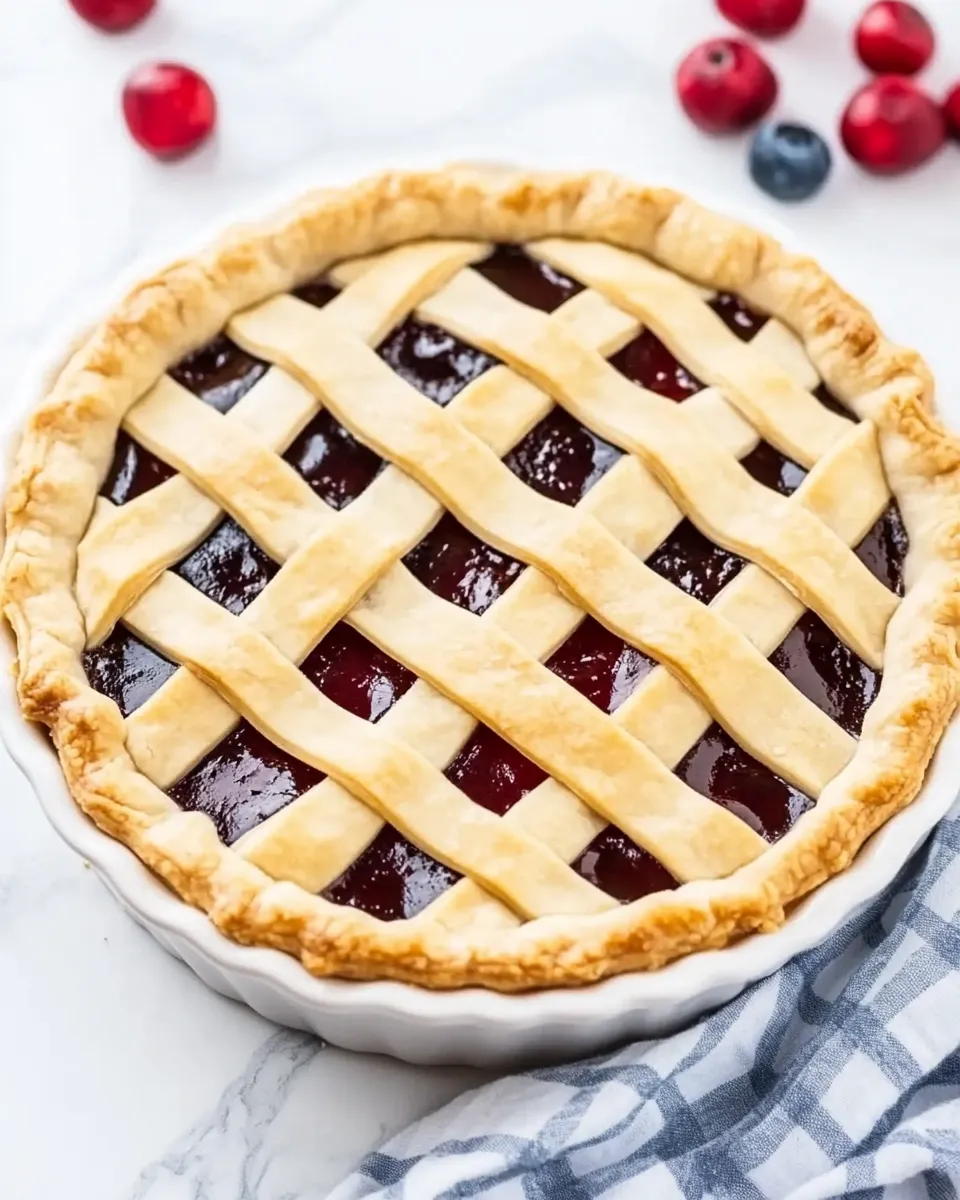
This homemade pie crust recipe is a game changer for several reasons. First, it uses just a handful of simple pantry staples that you probably already have on hand, making it accessible and budget-friendly. The crust comes out perfectly flaky and tender, thanks to a classic technique of cutting cold fat into the flour before adding ice-cold water. This method creates those beautiful layers that puff up during baking, giving you that irresistible texture everyone craves.
Another reason this recipe stands out is its versatility. It works equally well for sweet pies like berry, pumpkin, or pecan, as well as savory pies like chicken pot pie or vegetable quiche. Plus, it’s easy to customize with whole wheat flour, herbs, or spices if you want to give your crust a unique twist. Best of all, it’s dairy-free and uses vegetable shortening instead of butter, so it fits perfectly into a wide range of dietary preferences.
Ingredients
- 2 1/2 cups all-purpose flour, plus more for dusting
- 1 teaspoon salt
- 1 cup vegetable shortening, chilled and cut into small cubes
- 6 to 8 tablespoons ice-cold water
- 1 tablespoon vinegar (white or apple cider) – helps tenderize the dough
How To Make Homemade Pie Crust
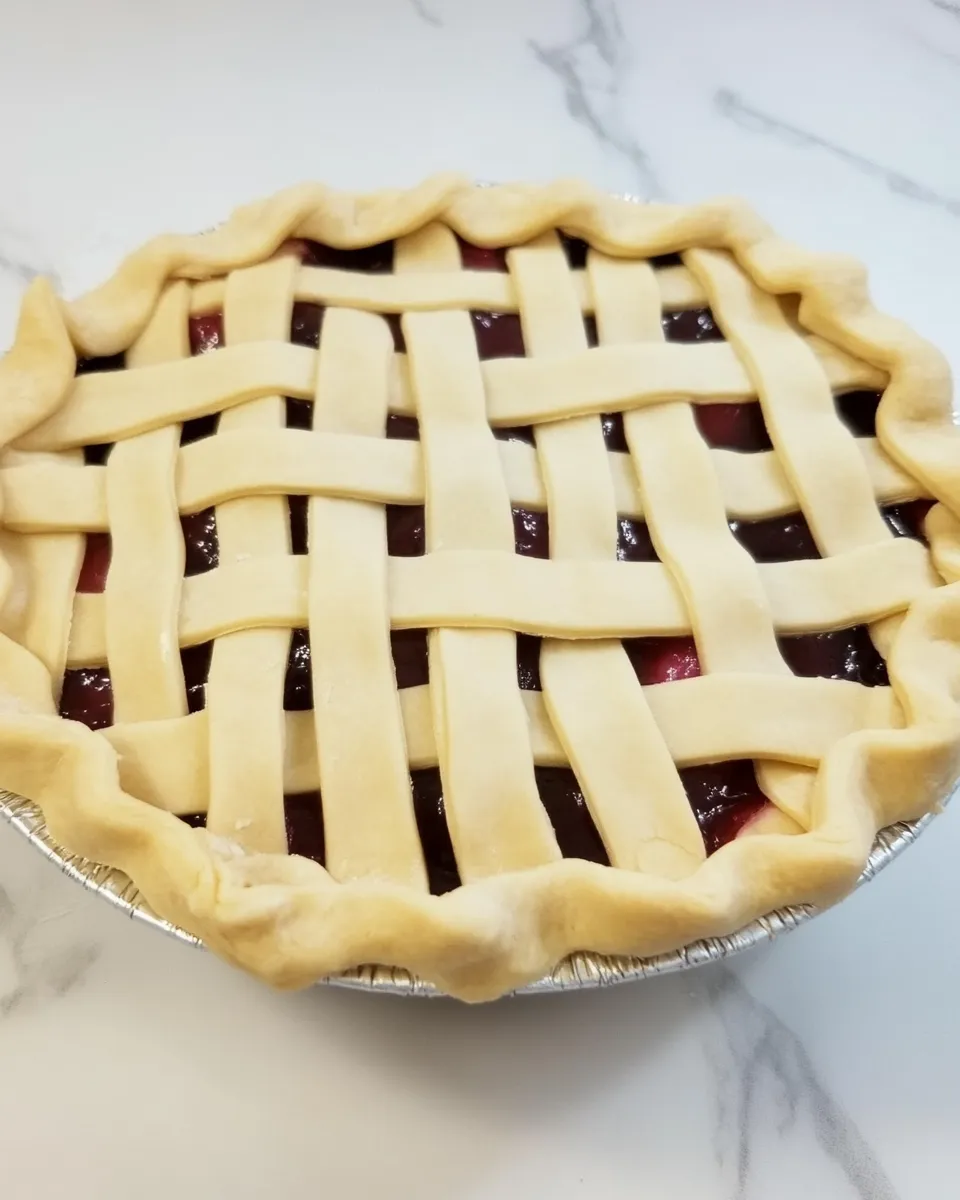
Step 1: Prepare Your Ingredients
Before you begin, make sure your vegetable shortening is well chilled. You want it to be cold so it stays solid when mixed with the flour, which helps create a flaky texture. Also, have your ice-cold water ready in the fridge or freezer. Keeping ingredients cold is key to success.
Step 2: Mix the Dry Ingredients
In a large mixing bowl, whisk together the all-purpose flour and salt until evenly combined. This ensures the salt is distributed throughout the dough for balanced flavor.
Step 3: Cut in the Shortening
Add the chilled vegetable shortening cubes into the flour mixture. Using a pastry cutter, two forks, or your fingertips, cut the shortening into the flour until the mixture resembles coarse crumbs with some pea-sized pieces of shortening remaining. Don’t overwork the dough; you want to see little bits of fat to achieve flakiness.
Step 4: Add the Vinegar and Water
Sprinkle the tablespoon of vinegar over the flour mixture. This ingredient helps tenderize the dough and prevents toughness. Slowly drizzle 6 tablespoons of ice-cold water over the mixture, tossing gently with a fork after each addition. Add more water, one tablespoon at a time, just until the dough starts to come together when pressed. It should be moist but not sticky.
Step 5: Form the Dough
Gather the dough together with your hands and gently knead it just until it forms a cohesive ball. Divide the dough into two equal portions for a double-crust pie or keep it whole for a single crust.
Step 6: Chill the Dough
Shape each portion into a flat disc and wrap tightly in plastic wrap. Refrigerate for at least 1 hour, or up to 2 days. Chilling allows the gluten to relax and the shortening to harden, which results in a more tender, flaky crust.
Step 7: Roll Out the Dough
On a lightly floured surface, roll out one disc of dough into a circle about 12 inches in diameter and about 1/8 inch thick. Use the crust immediately or transfer it to a pie dish.
Step 8: Assemble and Bake
Fill your crust with your favorite pie filling. For a fully baked crust (like for pecan pie or quiche), preheat your oven to 375°F (190°C), prick the bottom of the crust with a fork, and bake for 15-20 minutes before adding filling. For pies that bake with filling, follow your specific pie recipe’s instructions.
Expert Tips

- Keep everything cold: Cold shortening and ice water are essential for a flaky crust. If your kitchen is warm, chill your bowl and rolling pin.
- Don’t overmix: Overworking the dough develops gluten, which can make your crust tough instead of tender.
- Use a light touch when rolling: Roll from the center outward and rotate the dough frequently to keep it even and prevent sticking.
- Patch cracks with water: If your dough cracks while rolling, use a little ice water to repair tears before baking.
- Freeze extra dough: Wrapped well, pie dough can be frozen for up to 3 months. Thaw overnight in the fridge before using.
Variations and Customizations
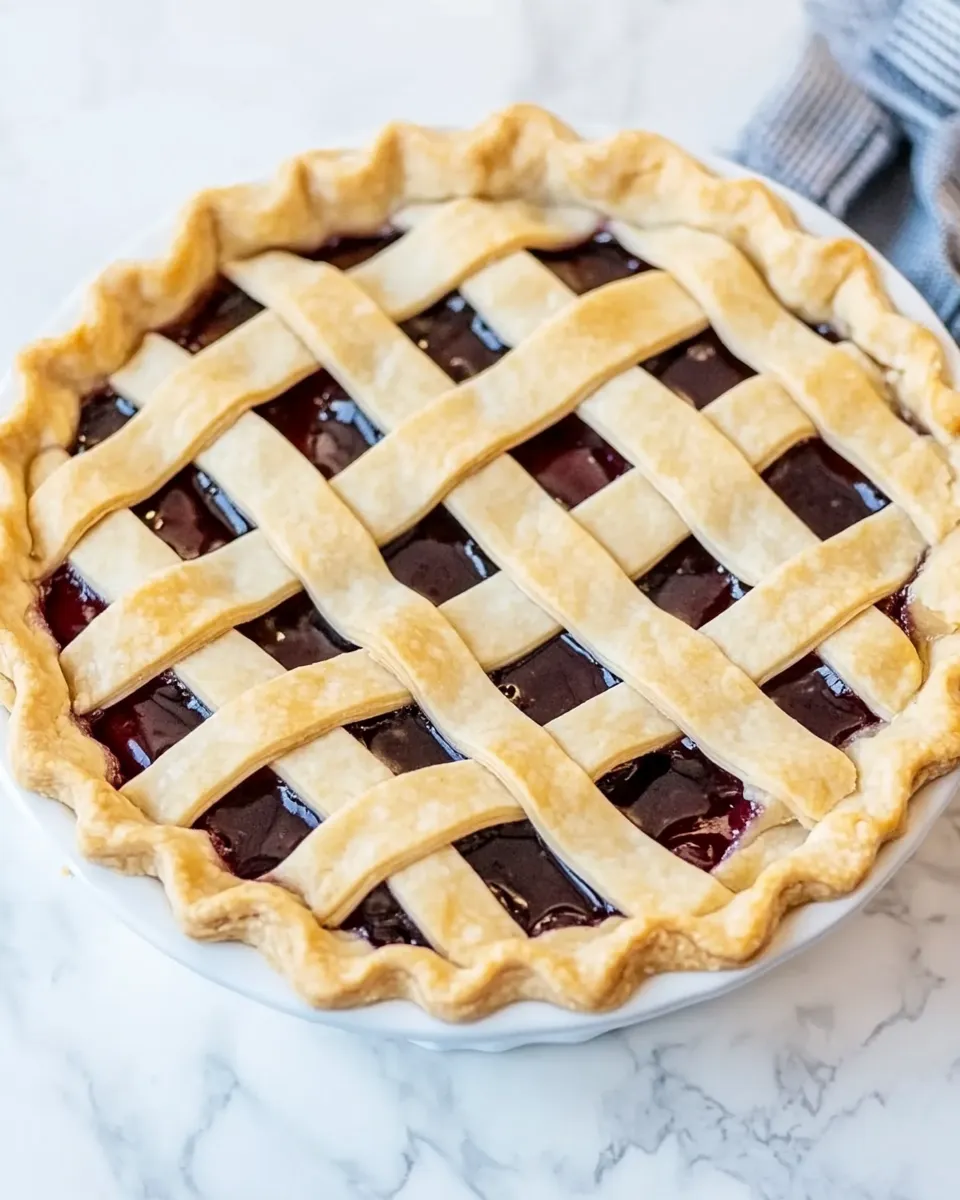
- Whole Wheat Crust: Substitute half of the all-purpose flour with whole wheat flour for a nuttier flavor and added fiber.
- Herbed Crust: Add 1-2 teaspoons of dried herbs such as rosemary, thyme, or oregano to the flour mixture for a savory twist.
- Gluten-Free Crust: Use a gluten-free flour blend in place of all-purpose flour, and adjust water as needed for proper dough consistency.
- Sweet Crust: Add 2 tablespoons of sugar to the flour mixture for pies with sweet fillings, like fruit or custard.
- Nutty Crust: Incorporate finely ground nuts (like almond or pecan meal) into the dough for added texture and flavor.
How to Store Leftovers
If you have leftover pie crust, wrap it tightly in plastic wrap and store it in the refrigerator for up to two days. For longer storage, freeze wrapped dough for up to three months. When ready to use, thaw overnight in the fridge. If you have leftover baked crust, keep it in an airtight container at room temperature for up to 2 days or refrigerate for up to 5 days. You can also freeze baked crust wrapped in foil for up to a month; just reheat gently before serving.
FAQ
Can I use butter instead of vegetable shortening?
Yes! You can substitute an equal amount of cold butter for the shortening if you prefer a richer flavor. Just make sure your butter is very cold, and work quickly to keep the dough chilled. Keep in mind that butter has a lower melting point than shortening, so the crust may be a bit less flaky but will have a wonderful buttery taste.
Why do I need to add vinegar to the dough?
The vinegar helps break down some of the gluten strands that form when mixing flour and water, resulting in a tender crust. It also adds a subtle tang that enhances the flavor without making the crust taste vinegary. If you don’t have vinegar, lemon juice is a suitable substitute.
How do I prevent my pie crust from shrinking during baking?
To prevent shrinking, avoid stretching the dough as you place it in the pie dish. Roll the dough slightly larger than the dish, then gently fit it without pulling. Also, chilling the dough before baking helps relax the gluten. Using pie weights during blind baking can also keep the crust in place.
Can I make pie crust ahead of time?
Absolutely! Pie dough benefits from resting in the fridge for at least an hour, which improves texture and flavor. You can also prepare the dough up to two days ahead and keep it refrigerated. For longer storage, freeze the dough in a tightly wrapped package for up to three months.
Conclusion
Making your own pie crust from scratch might seem intimidating at first, but with this straightforward recipe and a few helpful tips, you’ll be creating flaky, tender, and delicious crusts in no time. The best part is how adaptable this crust is – perfect for everything from classic fruit pies to savory tarts. Once you master this technique, you’ll never want to reach for a store-bought crust again. So gather your ingredients, keep everything cold, and get ready to impress your family and friends with homemade pie perfection! Happy baking!
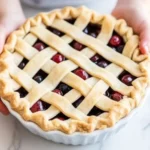
Homemade Pie Crust
Ingredients
- 2 1/2 cups all-purpose flour plus more for dusting
- 1 teaspoon salt
- 1 cup vegetable shortening chilled and cut into small cubes
- 6 to 8 tablespoons ice-cold water
- 1 tablespoon vinegar white or apple cider, helps tenderize the dough
Instructions
- Make sure your vegetable shortening is well chilled and your ice-cold water is ready. Keeping ingredients cold is key to success.
- In a large mixing bowl, whisk together the all-purpose flour and salt until evenly combined.
- Add the chilled vegetable shortening cubes into the flour mixture. Cut the shortening into the flour using a pastry cutter, two forks, or your fingertips until the mixture resembles coarse crumbs with some pea-sized pieces remaining.
- Sprinkle the tablespoon of vinegar over the flour mixture. Slowly drizzle 6 tablespoons of ice-cold water over the mixture, tossing gently with a fork after each addition. Add more water, one tablespoon at a time, just until the dough starts to come together when pressed. It should be moist but not sticky.
- Gather the dough together with your hands and gently knead just until it forms a cohesive ball. Divide the dough into two equal portions for a double-crust pie or keep whole for a single crust.
- Shape each portion into a flat disc and wrap tightly in plastic wrap. Refrigerate for at least 1 hour or up to 2 days.
- On a lightly floured surface, roll out one disc of dough into a circle about 12 inches in diameter and about 1/8 inch thick. Use immediately or transfer to a pie dish.
- Fill your crust with your favorite pie filling. For a fully baked crust, preheat oven to 375°F (190°C), prick bottom of crust with a fork, and bake for 15-20 minutes before adding filling. For pies baking with filling, follow your specific pie recipe instructions.
Equipment
- Large Mixing Bowl
- Pastry Cutter
- Fork
- Rolling Pin
- Plastic Wrap
- Oven



